Cleo Syverson
Advisor: Neil Minuk
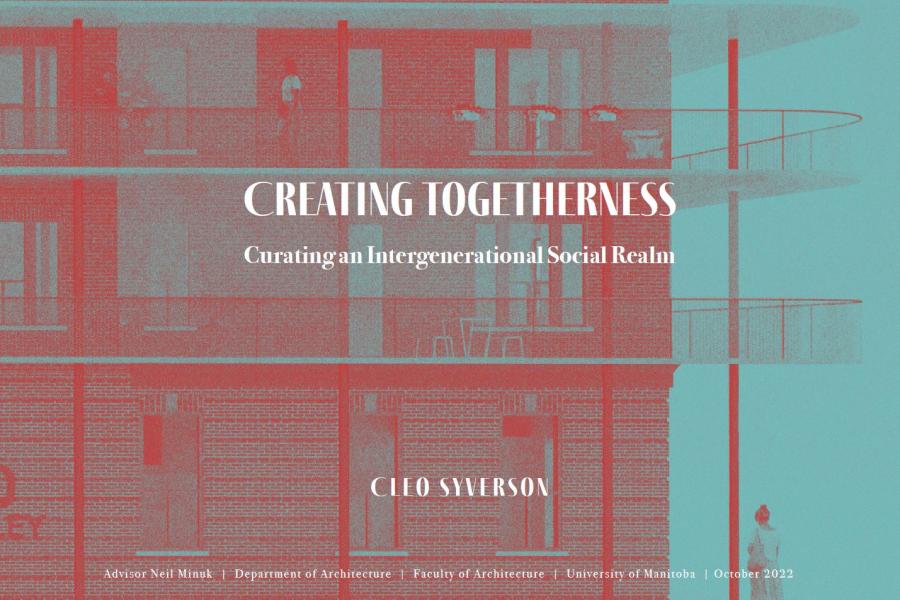
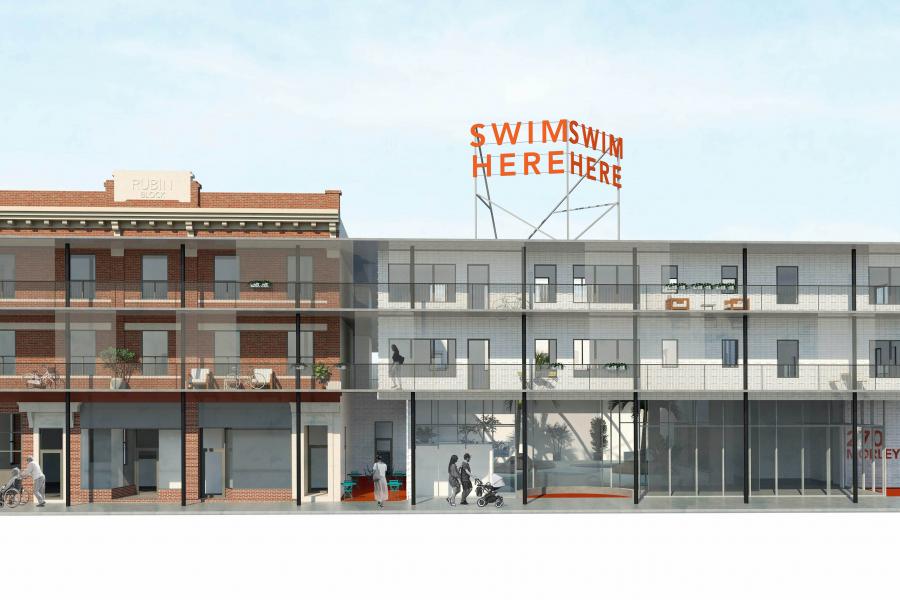
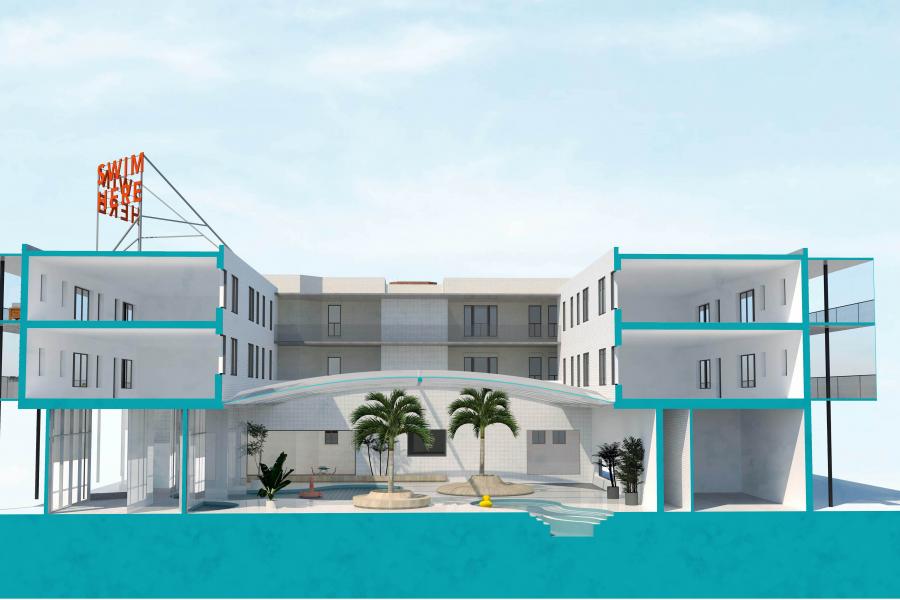
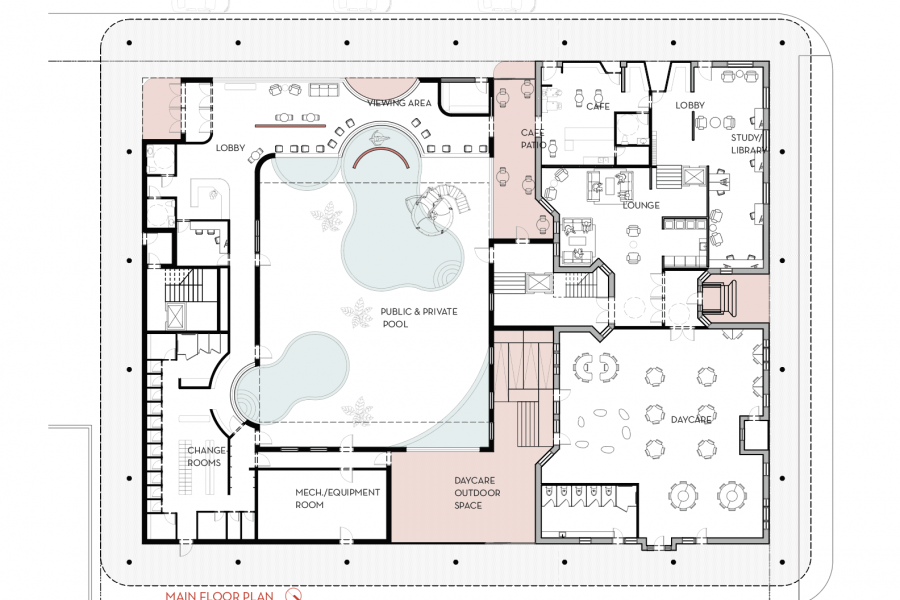
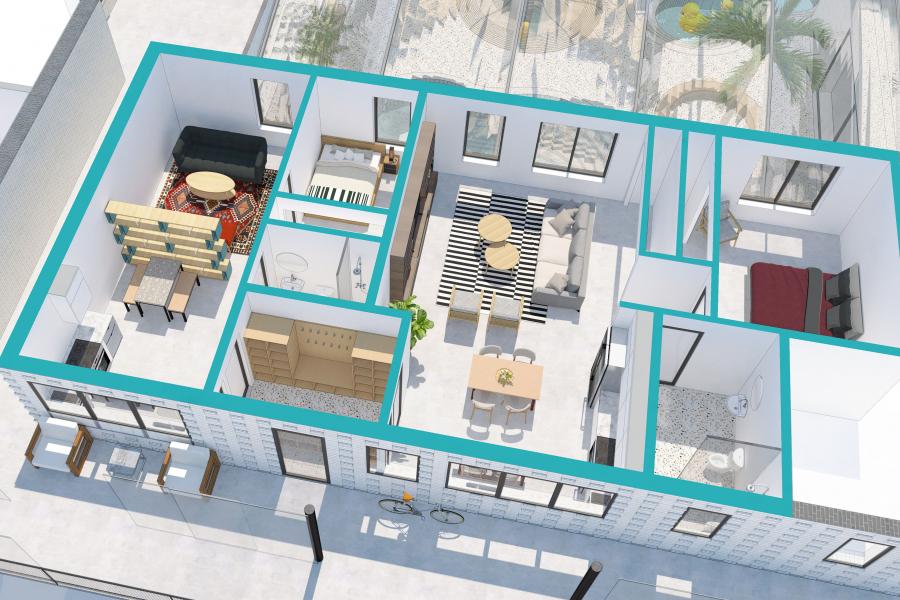
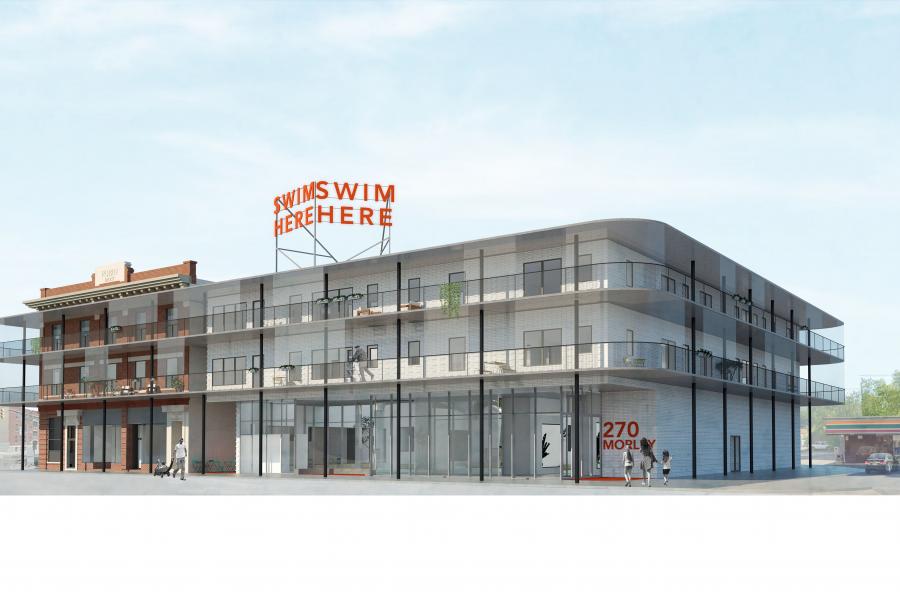
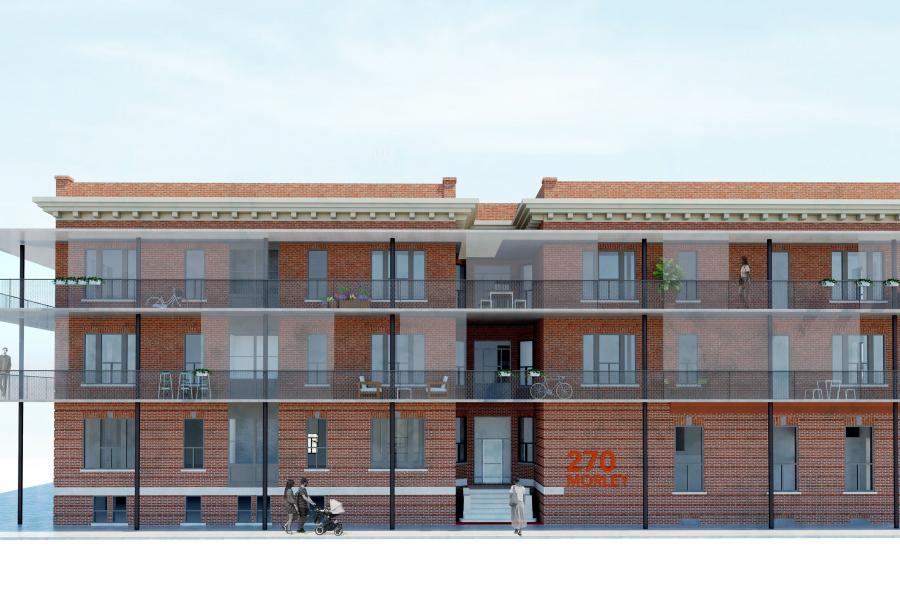
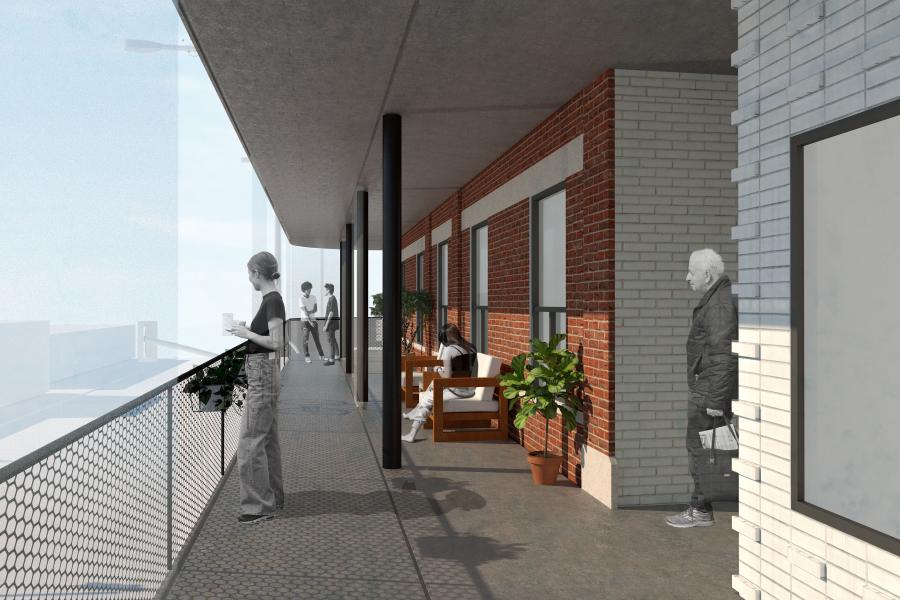
Creating Togetherness: Curating an Intergenerational Social Realm
The mobility of the modern world, has enabled people to move easily - be that within the country or overseas. Elderly and youth were already feeling the effects of loneliness, which was only exacerbated by the pandemic. While the pandemic has proven that technology enables us to maintain a fairly high level of connection, this still doesn’t compare to the connection we feel face to face. Due to the global world we live in, many families live in different cities - grandparents in one, their children and grandchildren in another. As a result, there is a loss of connection between generations.
With the goal of creating an architectural context where elderlies, youth and children can have interactions and form relationships, the thesis will investigate ways in which architecture can re-introduce intergenerational connection and contact.
The thesis will seek to answer:
What is the architectural means to address intergenerational housing?
Can architecture create a feeling of togetherness?
How can buildings be intergenerational?
Through the use of mediations, transparency, and a blurring of private and public space, the project will create an intergenerational social realm. The thesis develops a new housing typology which aims to reconnect different generations while maintaining privacy, vulnerability and the desire for independence. The building itself is multi-generational including The Rubin Block built in 1914 and the proposed addition along Osborne St.
